Search
Summary 
Loading AI-generated summary based on World History Encyclopedia articles ...
Search Results
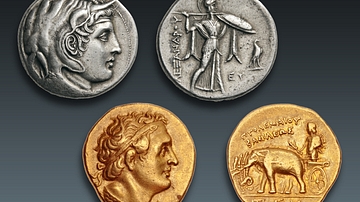
Image
Elephant Symbolism on the Coins of Ptolemy I
Two coins issued by Ptolemy I: 1) A portrait of the deified Alexander the Great wearing an elephant scalp on his head, with a ram’s horn over his temple, and an aegis (sacred fleece) over his shoulder; on the reverse Athena Alcidemus, the...

Article
Color in Ancient Egypt
The ancient Egyptians had a great appreciation for life which is clearly depicted through their art. Images of people enjoying themselves - whether in this life or the next - are as plentiful as those most often seen of the gods or funerary...

Article
Badger-Woman
Badger-Woman is a story of the Arapaho nation about a noble young hunter who refuses the advances of his sister-in-law and is then betrayed by her. The tale is similar to those of other civilizations, notably Two Brothers (The Fate of an...
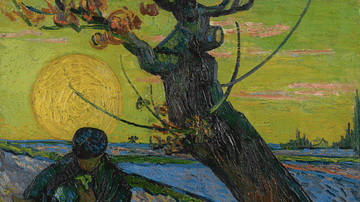
Image
The Sower by van Gogh
An 1888 oil on canvas painting, The Sower, by Vincent van Gogh (1853-90), the Dutch post-impressionist artist. Painted in November near Arles in southern France. Sowers are a recurring theme in the artist's work, seen by him as a symbol through...

Definition
Vincent van Gogh
Vincent van Gogh (1853-1890) was a Dutch post-impressionist artist whose paintings are amongst the most popular and recognizable in history. His dramatic brushwork, exuberant palette, and mastery at capturing moments in time and light revolutionised...

Definition
Qilin (Chinese Unicorn)
The qilin (麒麟, or simply lin 麟) is a Chinese mythical creature, frequently translated as "Chinese unicorn." While this term may suggest a one-horned creature, the qilin is often depicted with two horns. However, like the Western unicorn...
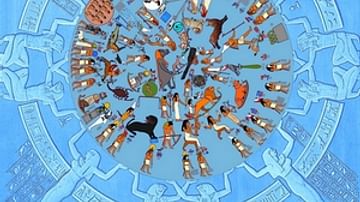
Definition
Hellenistic Astrology
Hellenistic astrology encompassed various forms of divination in Greece and the Mediterranean, all linked to the observation of astronomical phenomena. Hellenistic astrology was based on the belief that the stars and planets could either...

Article
Threshing Floors of the Bible
The threshing floors of the Bible were outdoor stone floors, usually circular in fashion, used by farmers to process the grain of their crops. For the larger community, like watermills of the recent past, they could be gathering places bustling...
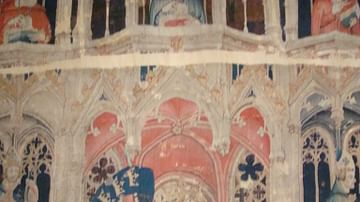
Article
The Literary Development of the Arthurian Legend
The Arthurian legend begins with the Welsh cleric Geoffrey of Monmouth (c. 1100 - c. 1155 CE). Earlier history writers such as Gildas, Bede, and Nennius had already established the existence of a British war-chief who defeated the Saxons...
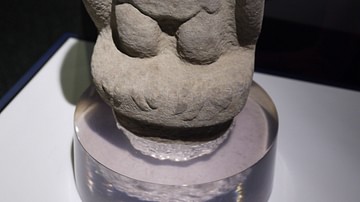
Interview
Interview: Costa Rica's Jade Museum
The Jade Museum (Spanish: Museo del Jade y de la Cultura Precolombina) in San José, Costa Rica houses the world's largest collection of ancient jade from the Americas. With nearly 7,000 pieces in its collection, the artifacts at the Museum...